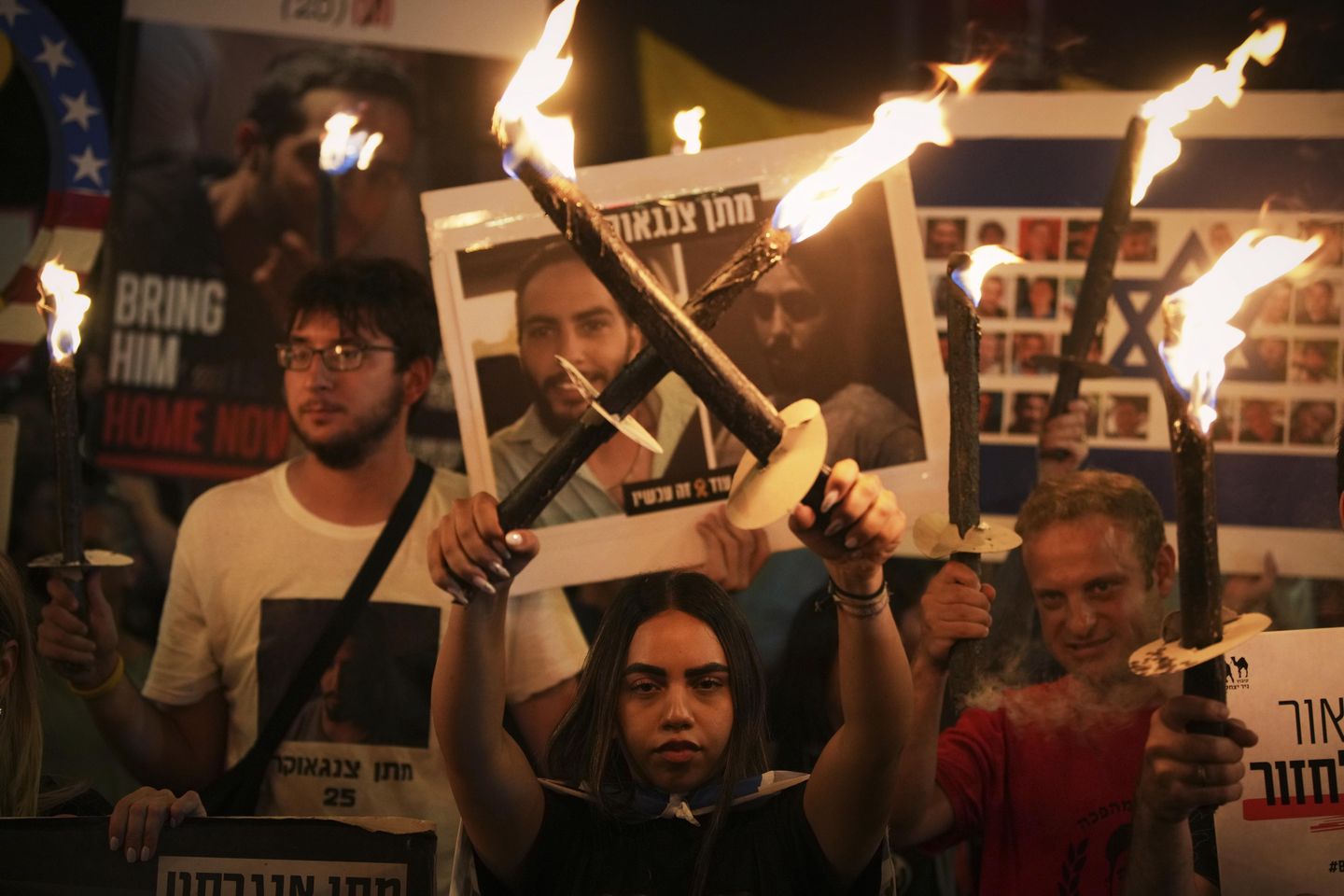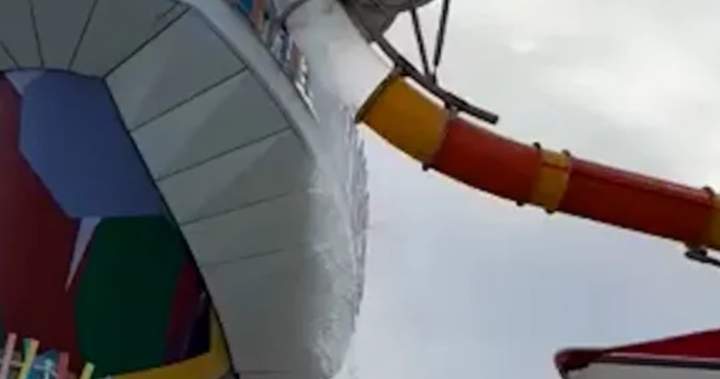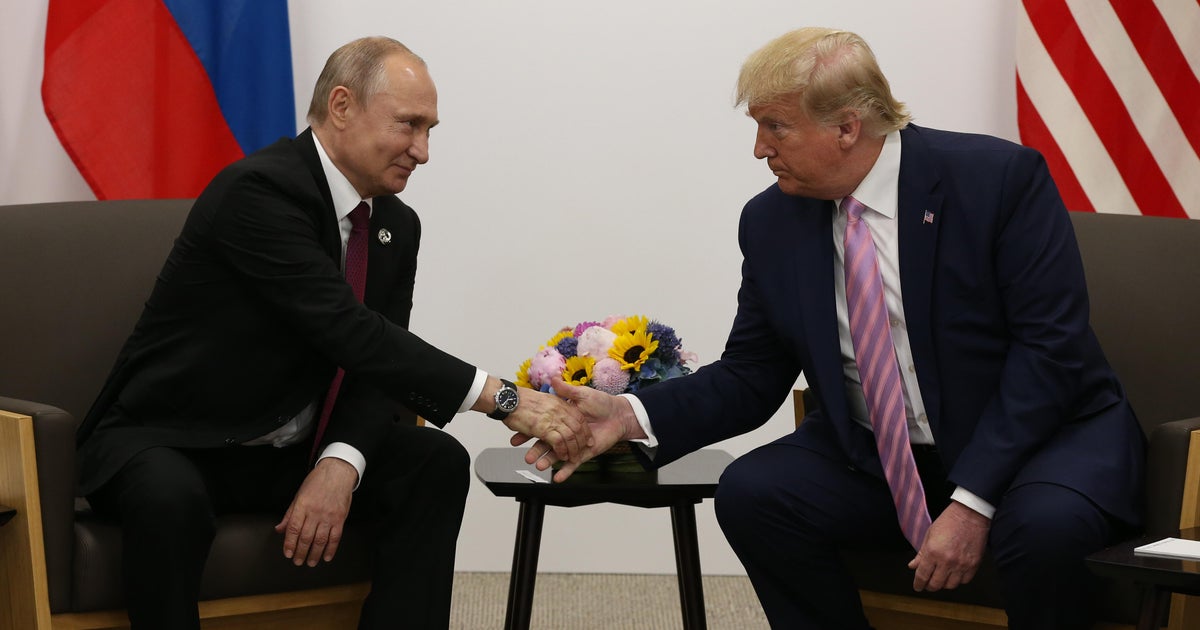In August 1945, the United States dropped atomic bombs on the Japanese cities of Hiroshima and Nagasaki.
BBC climate and science reporter Esme Stallard explains why 80 years on, the radiation from the explosions is undetectable.
World War Two in Europe ended in May 1945 but the Allies, including the UK, US and USSR, were fighting against Japan in east Asia.
About 71,000 soldiers from Britain and the Commonwealth died in the war against Japan, including more than 12,000 prisoners of war who died in Japanese captivity.
The Allies had told Japan to surrender in July 1945, but the deadline passed.
The US dropped the first atomic bomb on Hiroshima on 6 August 1945, and the second on Nagasaki three days later. About 214,000 people were killed in the blasts and Japan surrendered.



Leave a Comment